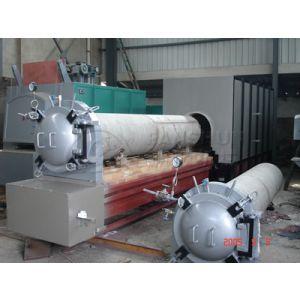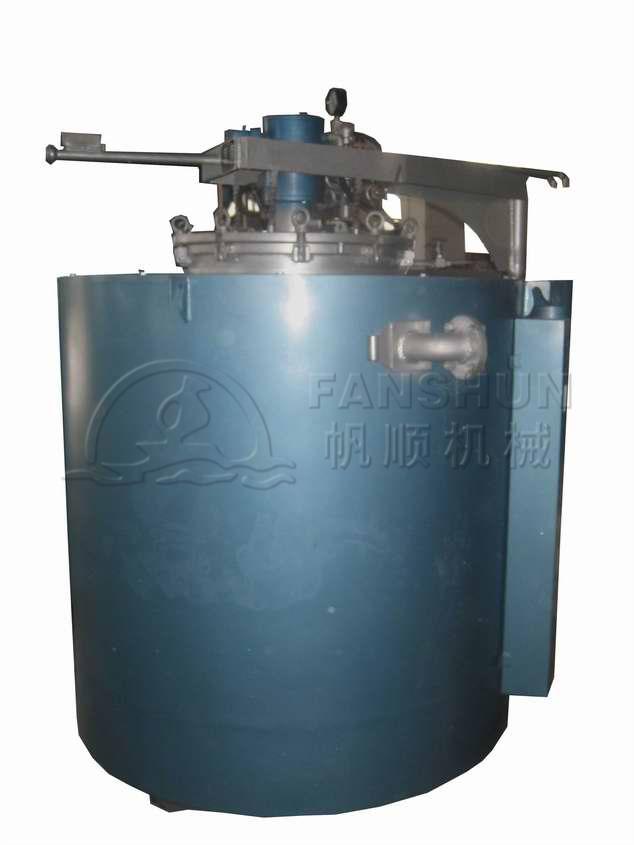What Types of Annealing Furnaces Are There, and Why Do Different Processes Require Different Equipment?
In response to growing demand for precision metal treatment, manufacturers around the world are once again asking a fundamental question: What types of annealing furnaces are available, and why do modern production lines depend on different equipment for different materials? As global industries scale up, the Annealing furnace sector is expanding rapidly, with new technologies emerging across every major category. Today, experts say understanding the differences among the major furnace types—including the Continuous annealing furnace, the Box-type annealing furnace, the Pit-type annealing furnace, and the Vacuum annealing furnace—is becoming essential for efficient and reliable metal processing.
Industry analysts note that demand for the Annealing furnace has surged in automotive, aerospace, electronics, and renewable energy sectors. Each application requires a unique thermal profile, and this is exactly why the Annealing furnace market offers a wide range of system designs. According to recent surveys, manufacturers increasingly rely on the Continuous annealing furnace for high-volume coil and strip production, while others turn to the Box-type annealing furnace for flexible, batch-based workloads.
The Continuous annealing furnace has gained particular attention this year, especially in steel and aluminum industries striving for consistent quality. As production speeds rise, companies favor the Continuous annealing furnace for its ability to deliver stable temperature control across long heating zones. Engineers report that the Continuous annealing furnace offers major advantages in energy efficiency and throughput, making it a top choice for large-scale processing plants. Its uninterrupted workflow has set new standards, and the Continuous annealing furnace is expected to remain a dominant technology through the next decade.
Meanwhile, the Box-type annealing furnace continues to be a staple for industries requiring flexibility. When handling diverse product shapes, the Box-type annealing furnace allows operators to adjust cycles and configurations quickly. This year, several manufacturers introduced upgraded models of the Box-type annealing furnace, improving insulation, control accuracy, and safety. Small and medium-sized workshops often adopt the Box-type annealing furnace because it offers a cost-effective entry point for customized heat-treatment tasks.
While box furnaces dominate smaller operations, the Pit-type annealing furnace has gained renewed interest among producers of long shafts, tubes, rods, and large rings. Engineers highlight that the vertical design of the Pit-type annealing furnace makes it ideal for handling tall or elongated components that cannot fit inside other furnace geometries. Modern models of the Pit-type annealing furnace feature enhanced atmosphere control, making them valuable for preventing oxidation or decarburization during sensitive thermal cycles. For alloy steel manufacturers, the Pit-type annealing furnace remains a dependable solution.
At the high end of precision processing, the Vacuum annealing furnace continues to attract advanced manufacturing industries, especially those producing medical devices, aerospace components, or semiconductor-grade materials. The oxygen-free environment inside the Vacuum annealing furnace ensures exceptionally clean surfaces and uniform metallurgical properties. With demand for high-purity components rising, companies are expanding their fleets of the Vacuum annealing furnace, and research institutes expect further improvements in pressure control and rapid cooling. For applications requiring the lowest contamination levels, the Vacuum annealing furnace is quickly becoming indispensable.
Despite their differences, all categories share a common purpose: enhancing material ductility, relieving internal stresses, and improving overall stability. Yet each type of Annealing furnace is tailored for a specific task, which explains why industries are careful when deciding between a Continuous annealing furnace, a Box-type annealing furnace, a Pit-type annealing furnace, or a Vacuum annealing furnace. As one metallurgical engineer stated, “Choosing the wrong Annealing furnace can result in unnecessary energy consumption, inconsistent product quality, and even structural defects.”
This year’s trade conferences showed a clear trend: manufacturers are diversifying their furnace selections rather than relying on a single design. For high-speed coil treatment, plants invest in the Continuous annealing furnace. For general-purpose heat cycles, the Box-type annealing furnace remains widely used. For vertically oriented or oversized parts, companies rely on the Pit-type annealing furnace. And for contamination-sensitive applications, industries increasingly deploy the Vacuum annealing furnace.
Experts warn that global competition is making heat-treatment decisions more important than ever. As demand for lighter alloys, higher strength materials, and cleaner processing grows, the Annealing furnace market is expected to evolve rapidly. New hybrid systems are emerging that combine features of the Continuous annealing furnace with the flexibility of the Box-type annealing furnace, while improved atmosphere systems are being introduced to complement both the Pit-type annealing furnace and the Vacuum annealing furnace.
For now, the question remains central to industrial strategy: What types of annealing furnaces are there, and why must each process rely on its own specialized equipment? The answer, according to analysts, is clearer than ever. Each Annealing furnace design fills a distinct role, and with technological advances accelerating, selecting between the Continuous annealing furnace, the Box-type annealing furnace, the Pit-type annealing furnace, and the Vacuum annealing furnace will continue to shape the future of global manufacturing.



